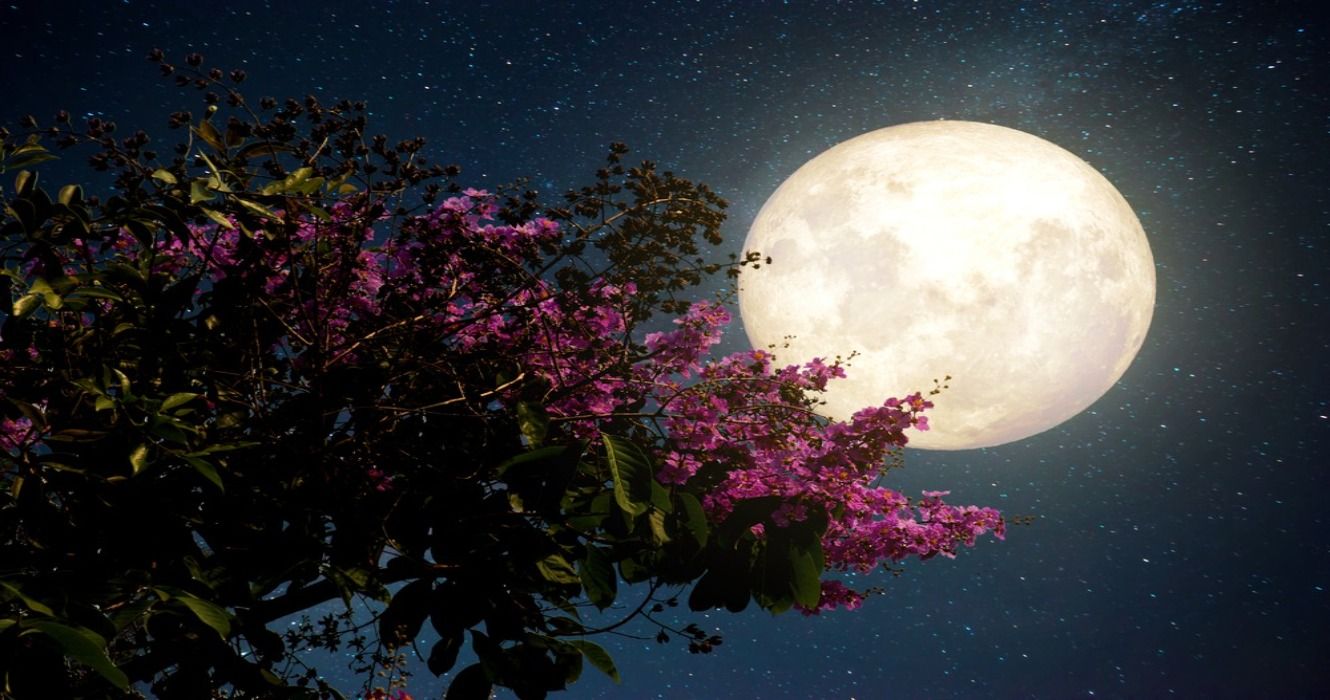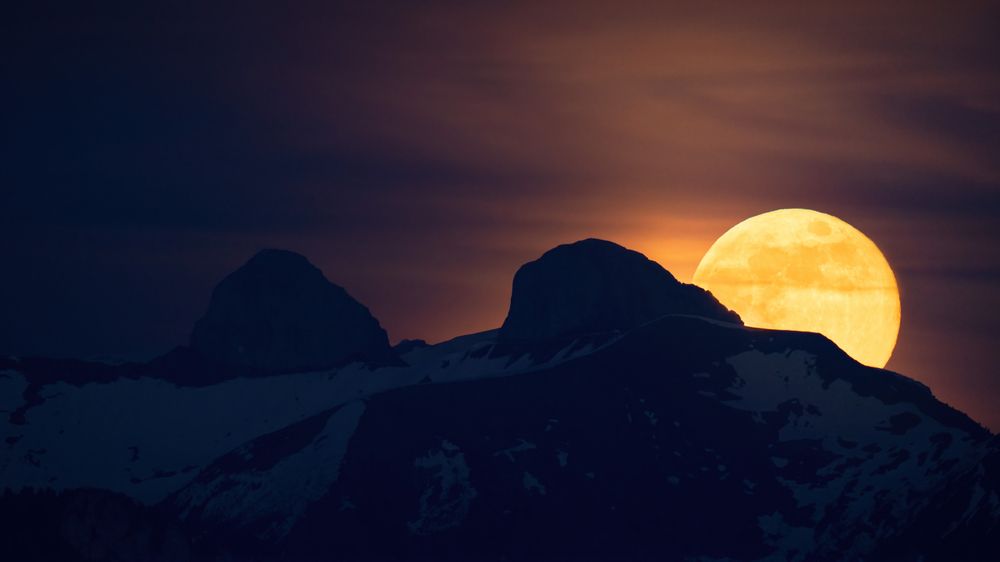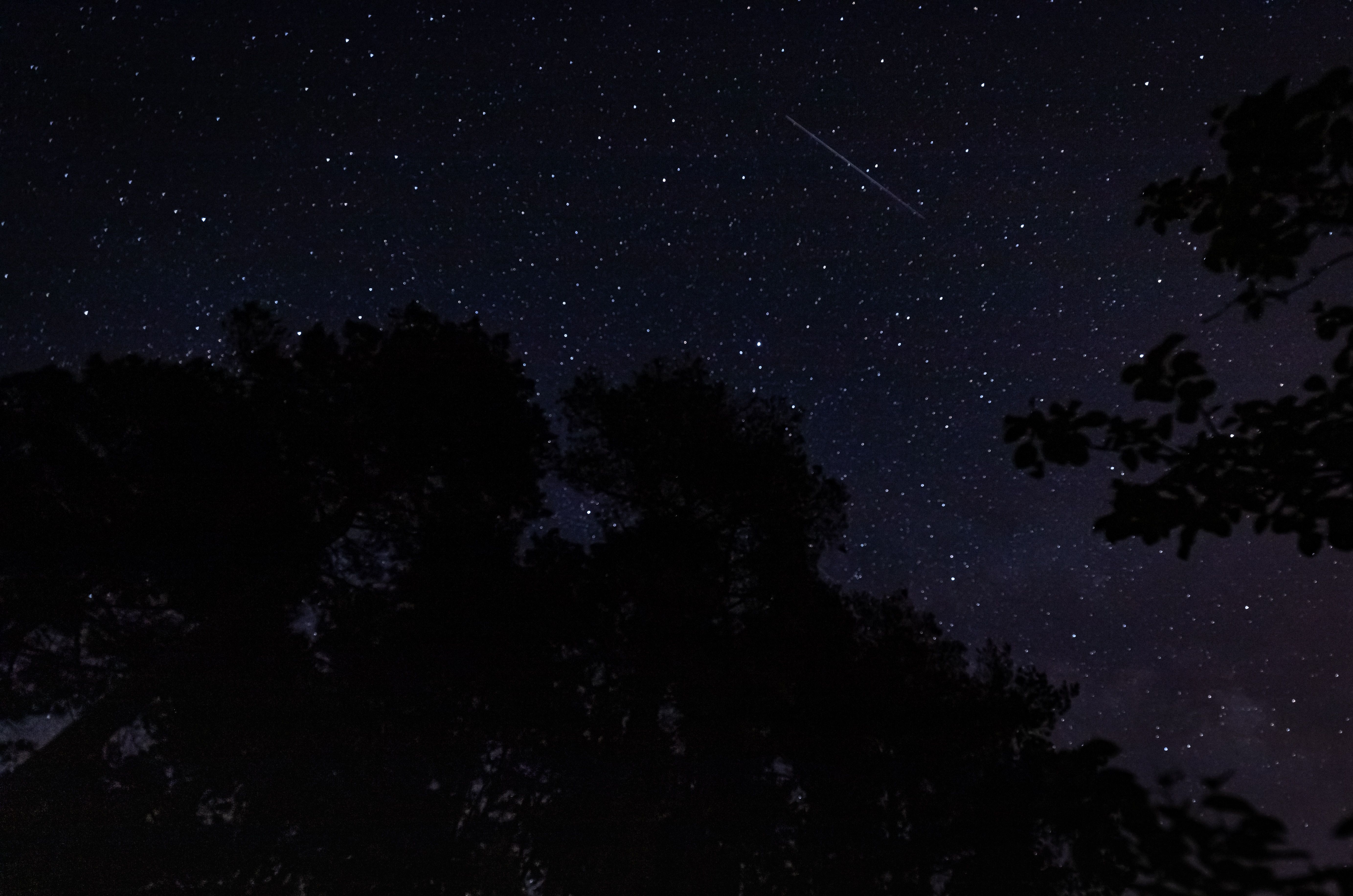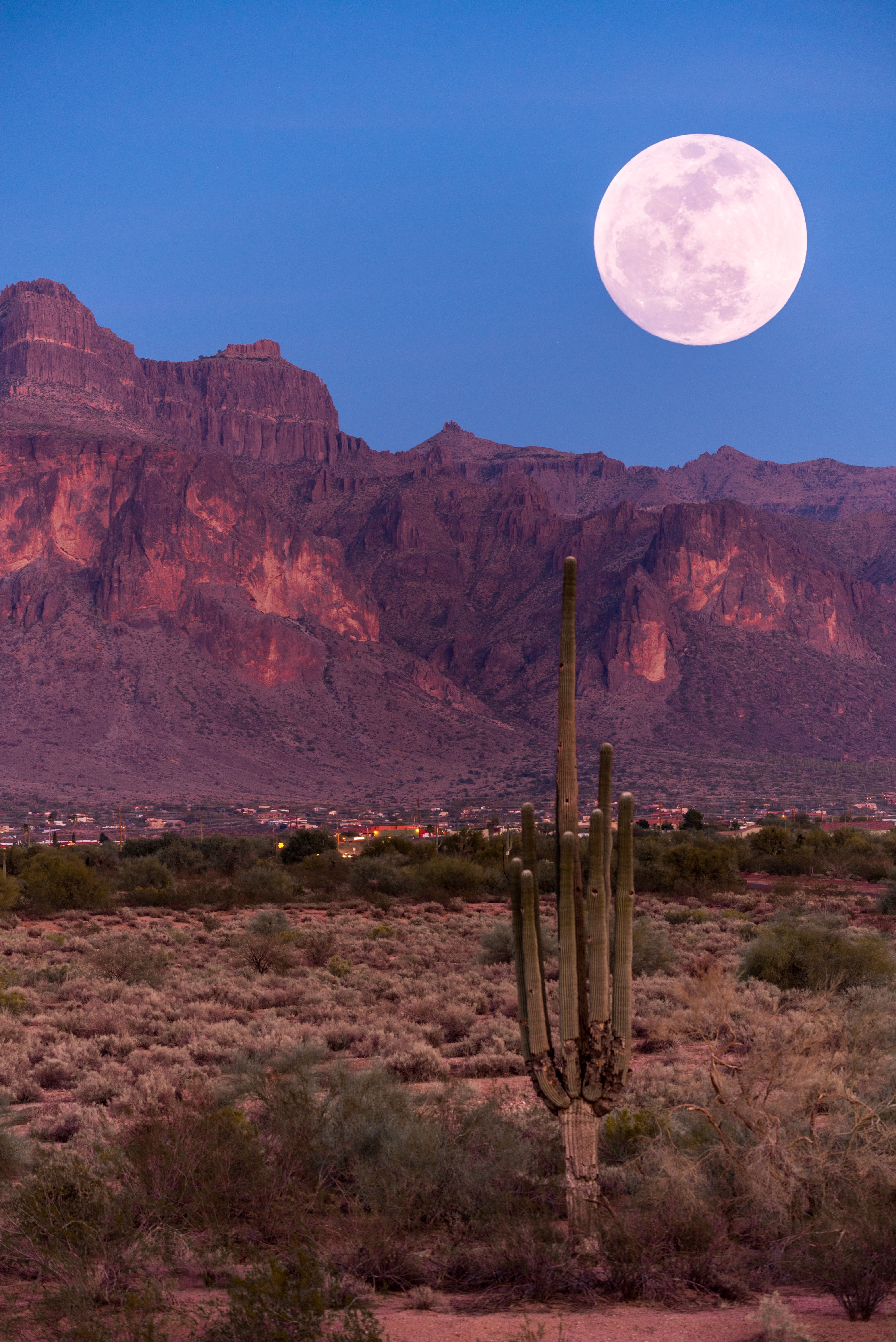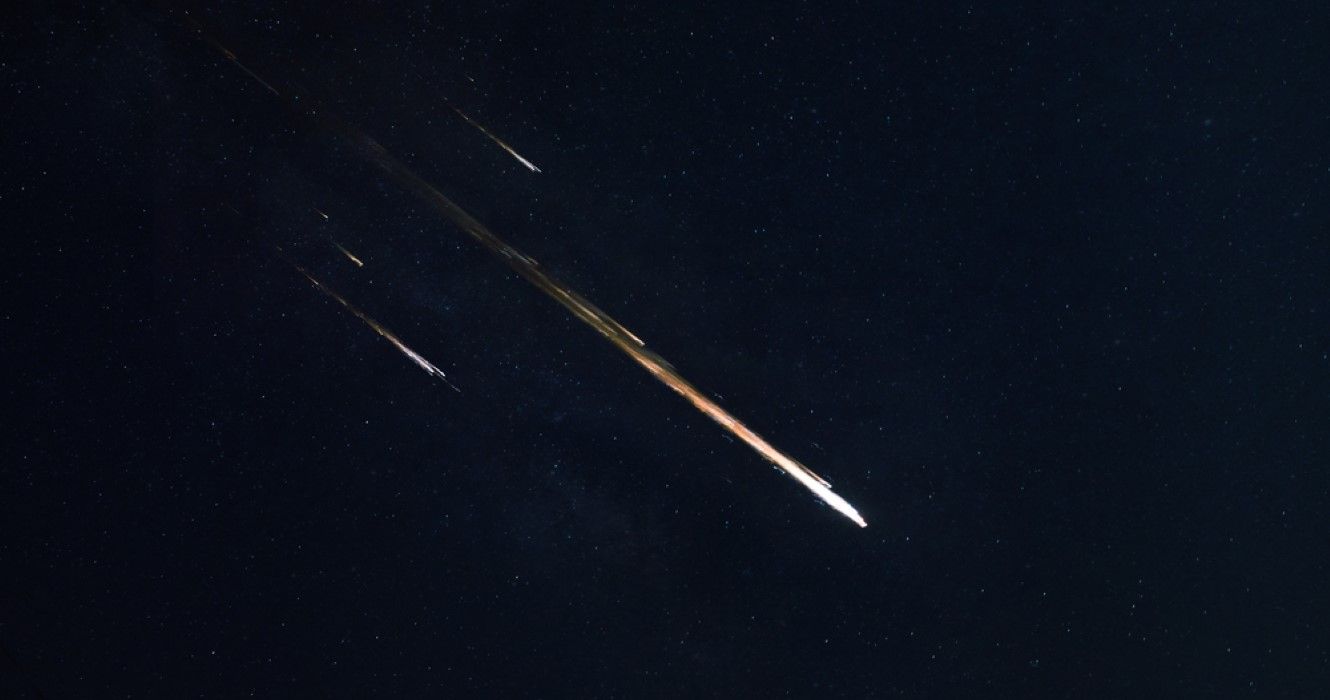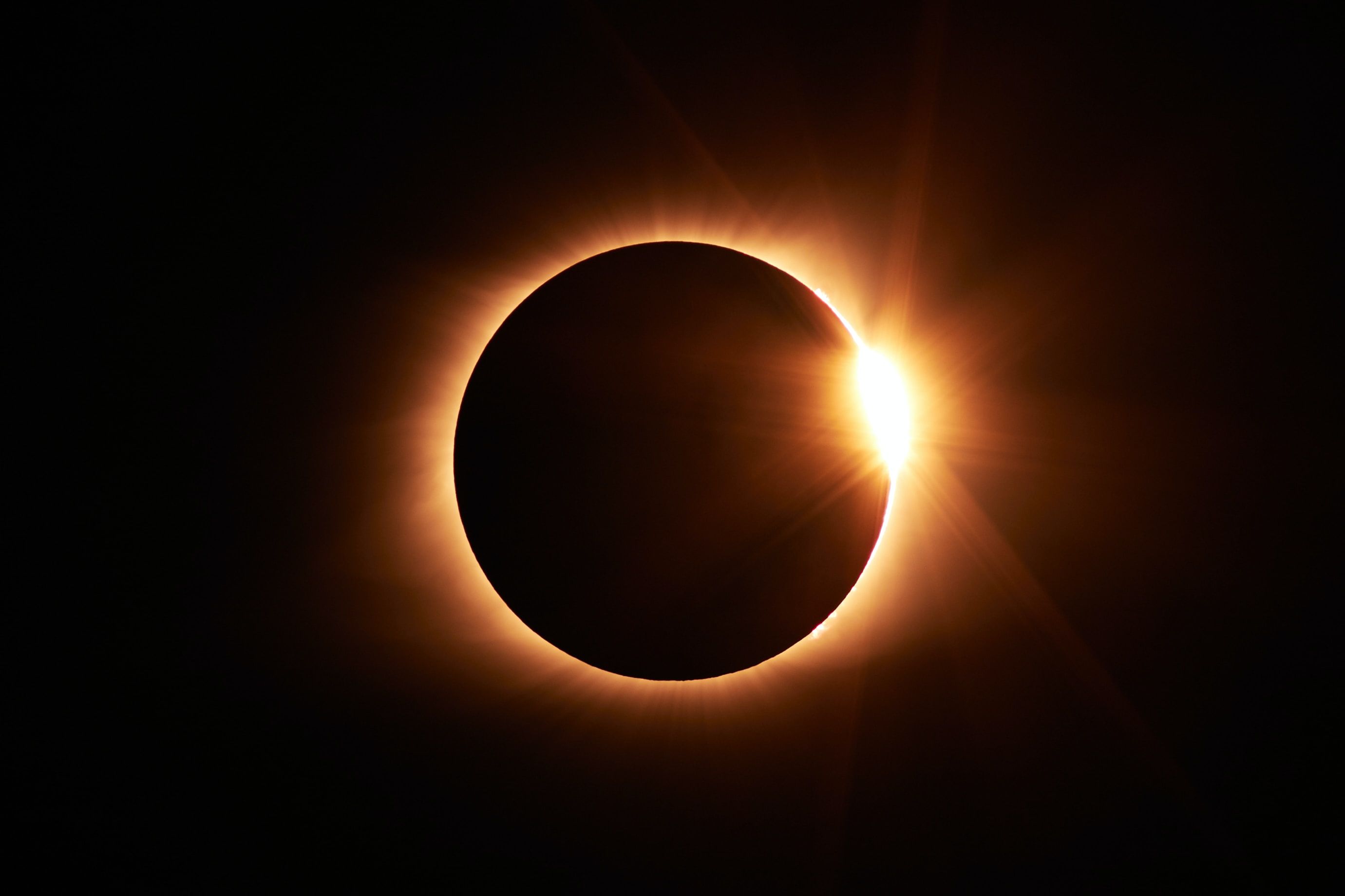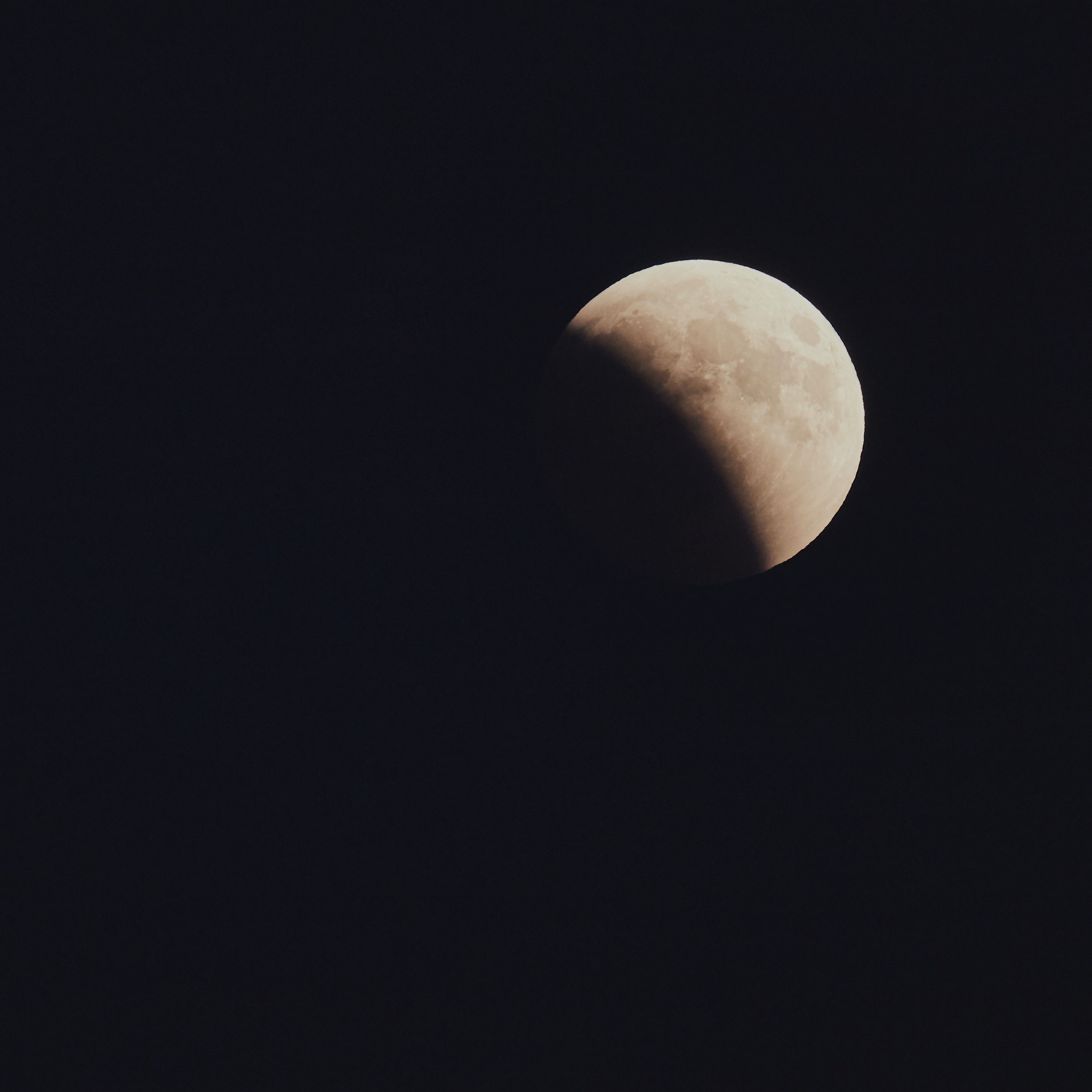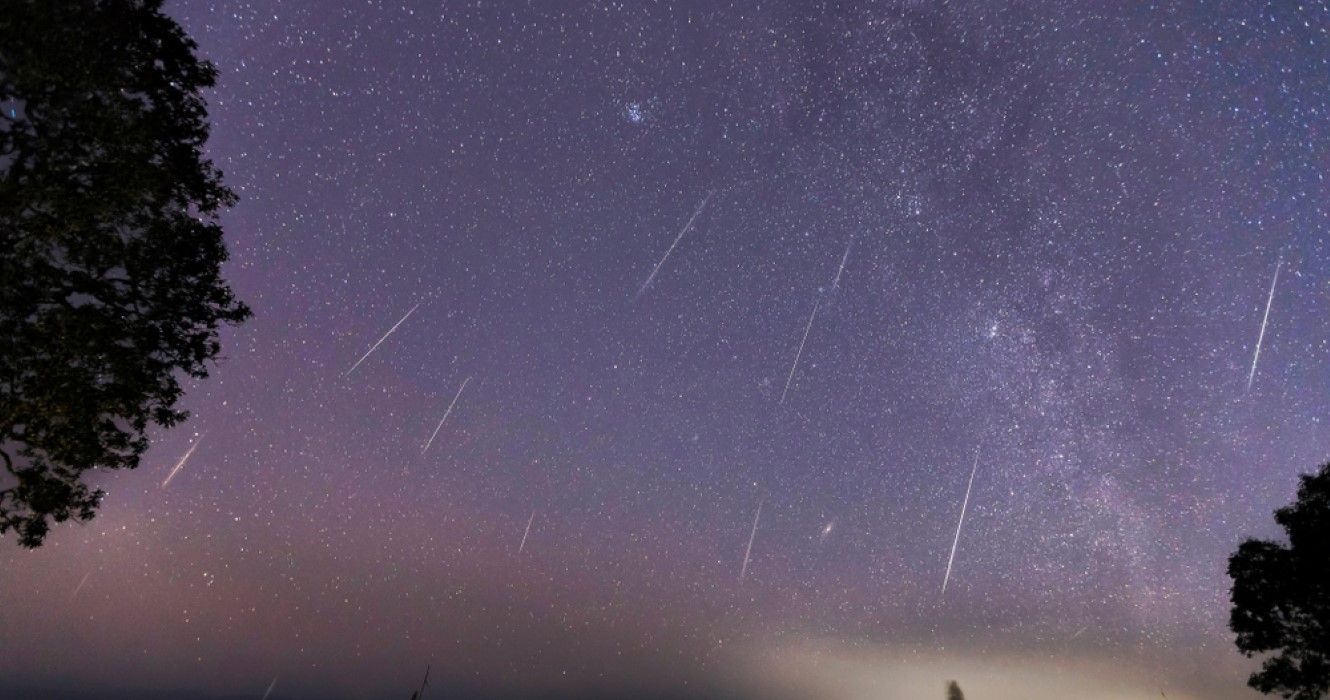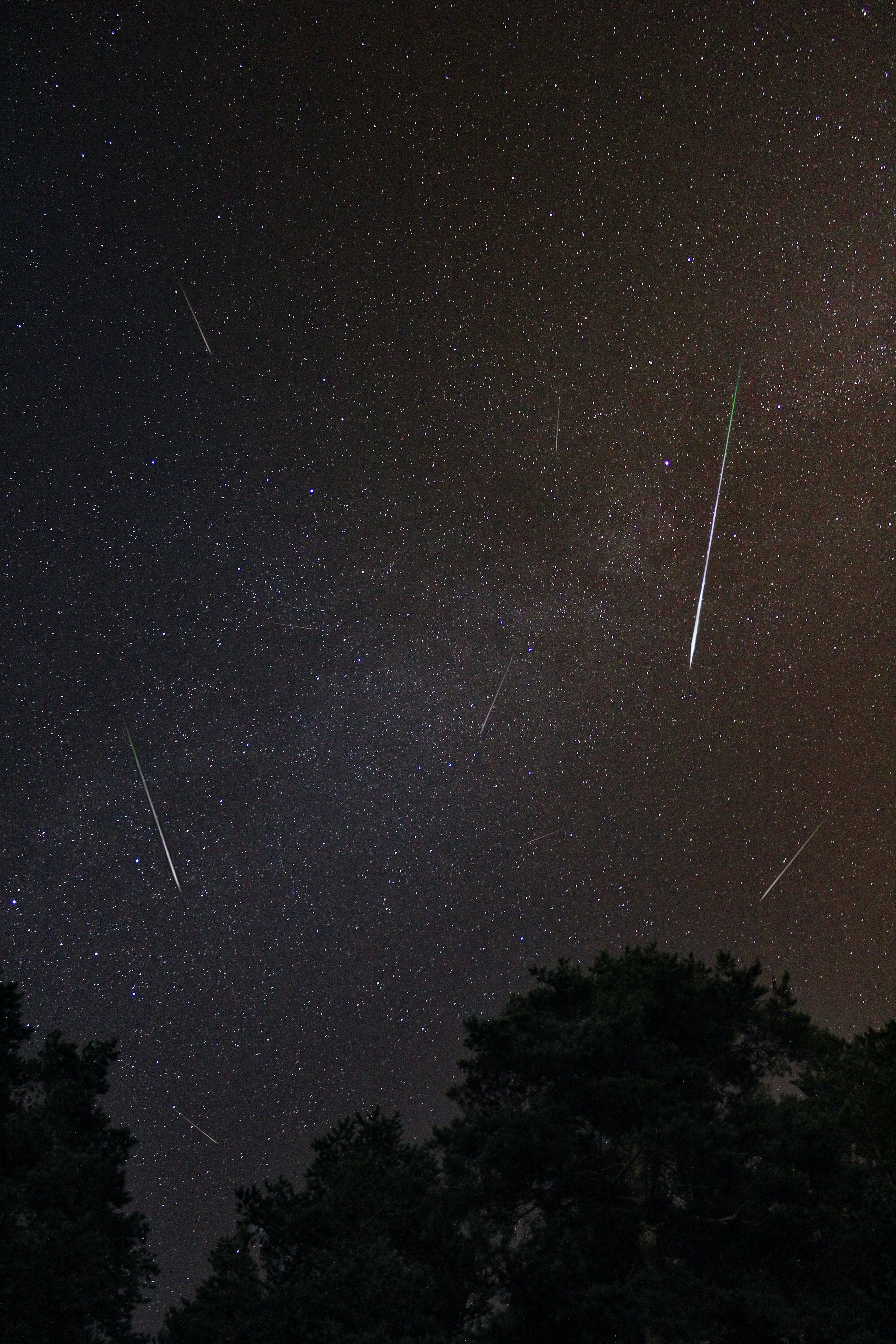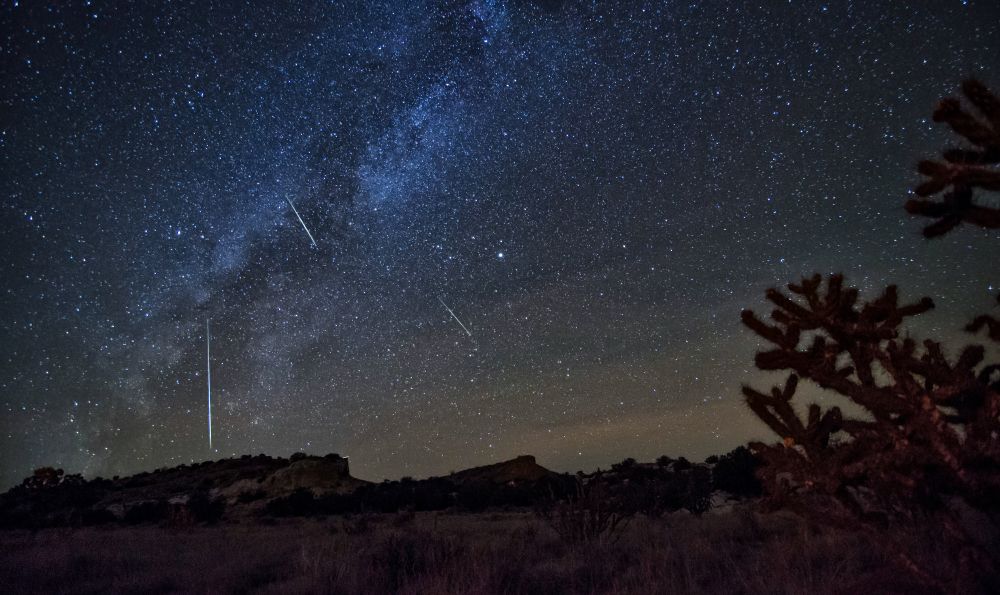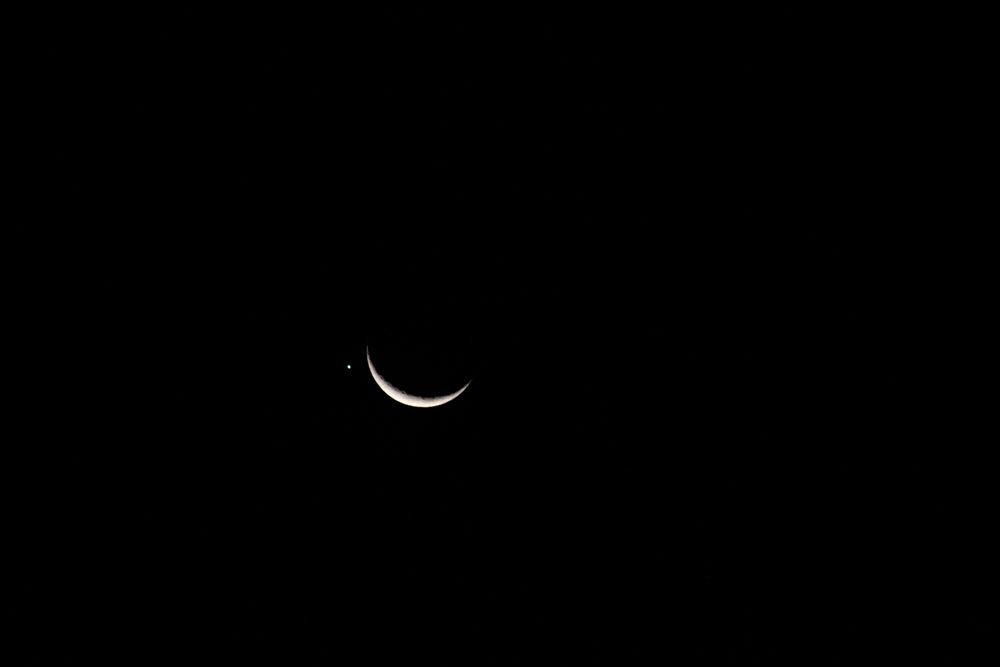It's hard not to be awed by the beauty and mystery of the universe. From meteor showers to eclipses to places with the best northern lights in the US, there are countless celestial events to witness each year, and the fun has already started. Even so, the rest of the year is shaping up to be huge for astronomical enthusiasts and curious passersby alike.
2023 is an exciting year with plenty of opportunities to observe some truly spectacular events. Regardless of whether stargazing is yet on the radar, there are plenty of celestial events happening this year to whet the astrological appetite. So, grab a telescope, binoculars, or just the naked eye, and explore the wonders of the sky!
10 Flower Moon (May 5, 2023)
The Flower Moon is a full moon that appears for two to three days in May (2023's was on May 5th). Also known as the 'Corn Planting Moon' or the 'Milk Moon', the Flower Moon symbolizes the end of winter. The appearance of the Flower Moon also, incidentally, coincides with the blossoming of flowers, hence the floral moniker.
Everyone across the world can usually see the Flower Moon; however, clear visibility will depend on cloud cover and light pollution.
Thankfully, like with Super Moons, the Flower Moon is visible with the naked eye, so there's no need to whip out a pair of binoculars or a telescope to enjoy this celestial event.
9 Lyrid Meteor Shower (April 16-25)
The annual Lyrid Meteor Shower is a true spectacle. Happening in late April, the Lyrid Meteor Shower is one of the oldest meteor showers known to humans, with records of the shooting stars dating back over 2,700 years ago!
Like most meteor showers, the shooting stars that cross the night sky are actually debris from a passing comet that is burning up as it enters the Earth's atmosphere. What makes the shooting stars from this meteor shower especially unique is their speed and brightness, with meteors oftentimes reaching speeds of 49km/s (30 miles per second).
- Where to see the Lyrid Meteor Shower: The Lyrid Meteor Shower can be observed across North, Central, and South America, as well as Australasia and Africa.
Fortunately for those who miss the meteor showers around the world, there are plenty of amazing places for stargazing around the world and observing the night sky.
8 Super Moons (July, August, September)
A Super Moon is a special occurrence, and there is an incredible total of 4 Super Moons happening this year. A Super Moon appears when a full or new moon comes its closest to Earth during its orbit. According to NASA, moons that come within 90% of this point (the perigee) will be considered a Super Moon.
With the moon so close to Earth, its appearance inevitably seems much larger and brighter than usual. In fact, Super Moons are 16% brighter than the regular moon. This means that everyone of any age around the world can enjoy this spectacular celestial event.
A Super Moon will appear on July 3rd, 2023. This will be followed by two Super Moons in August on August 1st and August 30th (the Super Blue Moon). The last Super Moon in 2023 will take place on September 29th, 2023.
7 Draconid Meteor Shower (October 8)
The Draconid Meteor Shower is unlike other annual meteor showers. Where other meteor showers can have between 50 and 100 meteors on peak nights, observers of the Draconid Meteor Shower can expect between only a few to several hundred thousand meteors per hour.
During meteor storms like these, the meteors will even produce bright fireballs that streak across the night sky. The potentially spectacular Draconid Meteor Shower takes place this year from October 6th to October 10th, 2023, peaking on October 8th.
- The best place to see the Draconid Meteor Shower: Though the Draconid Meteor Shower can be seen from anywhere in the world, the best region with the best views will be the Northern Hemisphere.
6 Annular Solar Eclipse (October 14)
The Annular Solar Eclipse for 2023 will occur on October 14th and is one of the best lunar events to see. Different from a total solar eclipse, an annular solar eclipse is when the Moon appears to have a thick ring of fire around it rather than blocking out the Sun entirely.
Also known as the 'Great American Eclipse', the Annular Solar Eclipse will be visible across North, Central, and South America. It will be particularly visible in Oregon, California, Utah, New Mexico, and Texas.
One of the most amazing lunar events is the total solar eclipse. In fact, a total solar eclipse happened in 2020!
5 Partial Lunar Eclipse (October 28)
A partial lunar eclipse occurs when the Earth passes between the Sun and the Moon, but only part of the Moon enters the Earth's shadow. As opposed to a full lunar eclipse, where there is total darkness, in a partial lunar eclipse, part of the Moon will turn red or orange.
Partial lunar eclipses happen quite frequently throughout the year, with the next one taking place on October 28th, 2023. It's due to last just under 78 minutes and should be visible from anywhere on the night side of the Earth. So, it should be seen from places in Africa, Asia, Europe, Australia, the Americas, and the Pacific.
Another fascinating lunar event is the bright red "Strawberry Moon".
4 Geminids Meteor Shower (December 13)
The Geminids Meteor Shower is unlike any other metrological celestial event. For starters, the Geminids (shooting stars) are thought to be from an asteroid (asteroid 3200 Phaethon, to be exact) rather than a comet. Secondly, the shooting stars are actually quite slow-moving, even though they do have a tendency to produce bright fireballs.
The Geminids Meteor Shower typically takes place between December 4th and December 17th and is visible from all over the world. This year, the annual meteor shower will peak on the night of December 13th, 2023, and will have the best views in the Northern Hemisphere (which contains some of the best places to see the Geminids Meteor Shower). As always, the best viewing locations are those with little light pollution and clear skies.
Although meteor showers are visible to the naked eye, observers should let their eyes adjust to the darkness. Taking at least 20 to 30 minutes is recommended for an optimized viewing experience.
3 Perseid Meteor Shower (August 12)
The Perseid Meteor Shower is one of the best meteor showers to watch in North America and the rest of the Northern Hemisphere. Occurring in the warm summer months, observers of this spectacular celestial event can enjoy bright and colorful meteors shooting across the sky from July 17 to August 24.
During the peak night of the Perseid Meteor Shower, which falls on August 12th, 2023, viewers can expect to see anywhere between 50 and 100 meteors per hour. Fireballs are another frequent addition to the meteors, too. The Perseid Meteor Shower also often coincides with prime viewing of other celestial objects, such as the Milky Way and other planets in the night sky. As always, the best way to view meteor showers is away from light pollution and after letting the eyes adjust to the darkness.
2 Orionid Meteor Shower (October 21)
The Orionid Meteor Shower boasts some of the fastest and brightest meteors out of all the annual meteor showers this year. Traveling at crazy speeds of about 70km/h, these shooting stars are visible all around the world as long as there's minimal light pollution.
That's not the only fact that's wild about the Orionids Meteor Shower. Even more surprising is that the debris that causes this amazing meteor shower comes from none other than 1P/Halley, also known as the famous 2,000-year-old Halley's Comet.
1 Lunar Occultation Of Venus (November 9)
A lunar occultation is when the Moon passes in front of a planet, star, or asteroid along its orbit; in this case, Venus. Similar to an eclipse, in a Lunar Occultation of Venus, the Moon will block out the view of Venus and then reappear on the other side of the Moon once the two bits of rock have passed each other in their orbit.
This special celestial event will happen this year on November 9th, 2023, and will be visible across Europe, West Russia, Greenland, Africa, and Asia. Timing and visibility across these regions will differ, so observers should check astronomical sites for more information on this celestial event.

